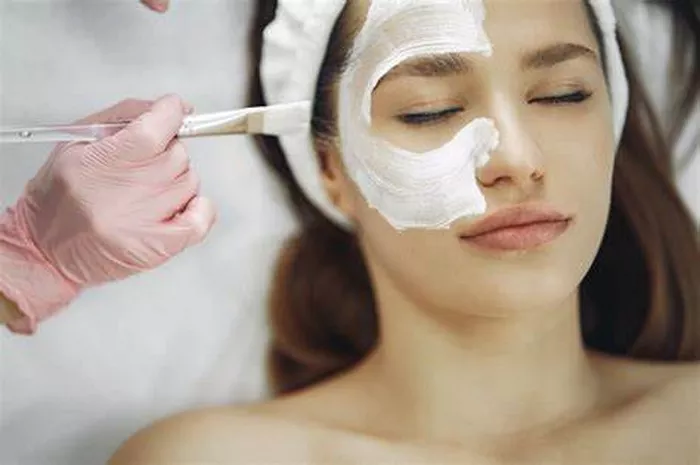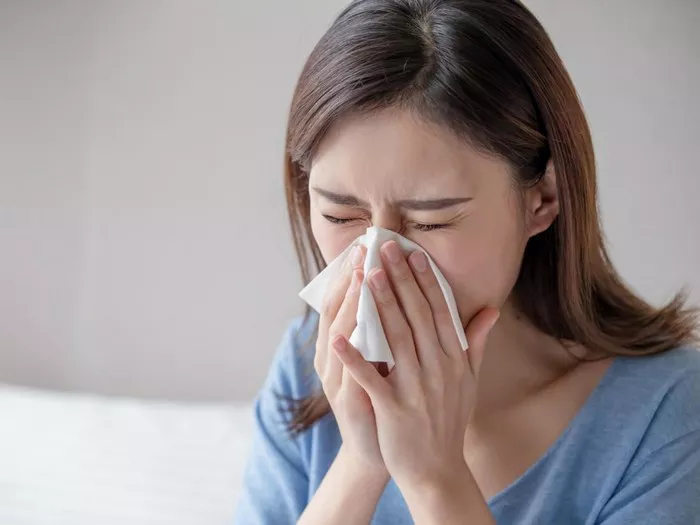Sun allergy, also known as photosensitivity or sun sensitivity, is a condition where an individual’s skin reacts abnormally to sunlight. While most people enjoy the warmth of the sun, individuals with sun allergies may experience a range of symptoms, from mild redness to severe blistering. In this comprehensive guide, we will explore the various types of sun allergies, their causes, symptoms, and most importantly, how to effectively manage and cope with this condition.
Types of Sun Allergies:
1. Polymorphic Light Eruption (PLE):
Description: Common, non-threatening rash or redness upon sun exposure.
Triggers: Specific UV wavelengths, genetic factors.
Characteristic: Polymorphic nature of skin lesions.
2. Solar Urticaria:
Description: Rapid onset of hives or welts after sunlight exposure.
Triggers: Immediate immune response, often involving IgE and mast cells.
Characteristic: Severity varies, diagnosis challenging.
3. Photoallergic Reactions:
Description: Immune response to sunlight interacting with certain chemicals.
Triggers: Photosensitizing agents in drugs, cosmetics.
Diagnostic: Photopatch testing to identify specific culprits.
Causes of Sun Allergy:
Genetic Predisposition:Hereditary component, genetic factors impacting susceptibility.
Medications and Photosensitizing Agents: Antibiotics, NSAIDs, certain skincare products.
Environmental Factors:ollutants, seasonal variations, and geographical locations influencing photosensitivity.
Underlying Skin Conditions: Pre-existing skin conditions, like eczema or lupus, heightening susceptibility.
Immune System Dysfunction: Disruptions in the immune system, autoimmune disorders contributing to photosensitivity.
Phototoxic and Photoallergic Reactions: Chemical interactions leading to skin reactions upon exposure to sunlight.
Symptoms of Sun Allergy:
Polymorphic Light Eruption (PLE): Itchy rash, redness, polymorphic skin lesions.
Solar Urticaria: Rapid onset of hives or welts, itching.
Photoallergic Reactions: Rash, redness, and itching, often delayed after sun exposure.
Chronic Actinic Dermatitis (CAD): Persistent redness, scaling, thickening of affected skin.
Drug-Induced Photosensitivity: Amplified skin sensitivity, rash, blistering in sun-exposed areas.
Diagnosis and Medical Intervention
1. Consulting a Healthcare Professional
When experiencing symptoms of a sun allergy, seeking professional medical advice is paramount. Learn about the diagnostic process, which may involve a physical examination, medical history assessment, and in some cases, specialized tests to identify the specific type of sun allergy.
2. Treatment Options
Managing sun allergies requires a multifaceted approach. From over-the-counter creams to prescription medications, explore the various treatment options available.
3. Phototherapy and Desensitization
For some individuals with severe sun allergies, phototherapy may be recommended. Discover how controlled exposure to light, under medical supervision, can help desensitize the skin and reduce the body’s abnormal response to sunlight.
Lifestyle Modifications and Prevention Strategies
1. Sunscreen and Protective Clothing:
Sunscreen Selection Criteria: This subsection provides comprehensive guidance on selecting the most suitable sunscreen, considering factors such as SPF levels, broad-spectrum coverage, and water resistance. Understanding the nuances of sunscreen application, including frequency and amount, is emphasized to maximize its efficacy in shielding the skin from harmful UV rays.
Protective Clothing: Beyond sunscreen, the guide explores the significance of protective clothing in creating a physical barrier against sunlight. Details on fabric choices, UPF-rated clothing, and accessorizing with hats and sunglasses contribute to a holistic understanding of how to dress sun-consciously.
2. Sun-Safe Practices:
Strategic Planning of Outdoor Activities: This part encourages individuals to strategically plan outdoor activities, considering factors such as time of day and duration. By avoiding peak sunlight hours and opting for shaded areas, individuals can significantly reduce their exposure to potentially triggering UV rays.
Seeking Shade: Delving into the importance of seeking shade, this subsection provides insights into creating a sun-safe environment. Whether utilizing natural shade or employing portable shelters, the guide underscores the practicality of incorporating shade-seeking practices into daily routines.
In conclusion, while sun allergies can pose challenges, understanding, and proactive management can significantly enhance the quality of life for those affected. By comprehensively exploring the different facets of sun allergies – from causes and symptoms to diagnosis, treatment, and daily coping strategies – this guide aims to empower individuals with the knowledge and tools needed to thrive despite the challenges posed by sun sensitivity. Remember, with the right approach and support, it is possible to lead a fulfilling and sun-safe life
[inline_related_posts title=”You Might Be Interested In” title_align=”left” style=”list” number=”6″ align=”none” ids=”3585,1207,1210″ by=”categories” orderby=”rand” order=”DESC” hide_thumb=”no” thumb_right=”no” views=”no” date=”yes” grid_columns=”2″ post_type=”” tax=””]

































